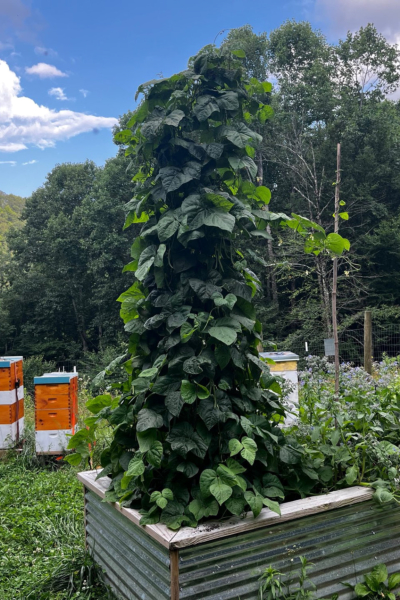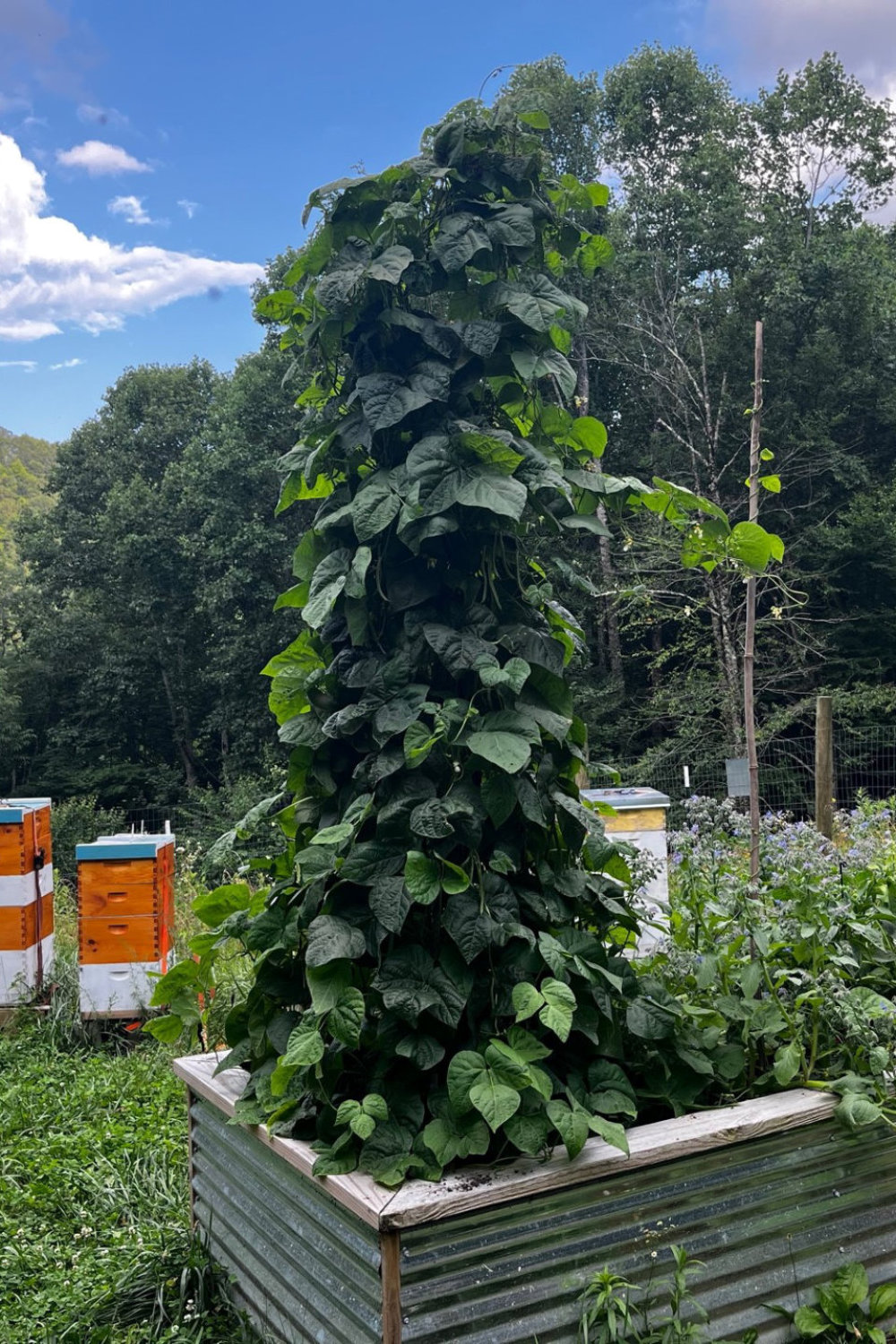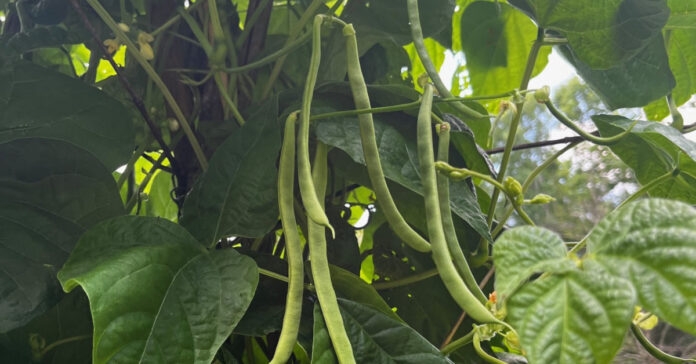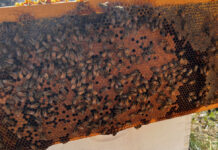When we first planted our garden this spring, some seeds didn’t germinate. This might have been because of colder-than-normal temperatures, the use of older seeds, or a combination of the two.
After determining that the green beans had not spouted, my wife planted more, this time using a packet of Provider bush beans we purchased the year before. Those beans came up just fine, as did our peas, or so we thought. Only after the beans and the peas fruited did we realize the pea pods looked like sting beans. Apparently, our beans had sprouted, but the peas had not. Our record keeping was backwards.
The upshot is we have no peas and twice as many string beans as we expected. I asked my wife if she was going to be canning them and she said she preferred to freeze them. I expect we’ll give some away as well.

Too Many Zucchini
We also have too many zucchinis, which is a common problem gardeners face. Last year, we had four zucchini plants and four yellow squash in an eight-foot bed. They produced so much that we decided not to plant the yellow squash and to have just three zucchini plants. They grew so robustly that we ended up pulling out one of the three, leaving us with just two, and we are still harvesting zucchini every day. In fact, we just had a zucchini, green bean, and onion stir fry at dinner. I expect we’ll have it again and again. Hopefully, we’ll have zucchini bread, too.
I know that as a gardener, you eat what is in season, even if that means you have zucchini and/or green beans every day for weeks. My wife doesn’t see it this way. She wants to stagger our planting so that we don’t have as much ripe at one time. That’s fine with me, but too late this year. Also, my experience tells me that staggered plantings occasionally catch up with each other and ripen closer together than you would think. She will continue to dehydrate and freeze. Maybe I can convince her to do some canning, but it’s no fun on a hot day in a steamy kitchen.
Mammoth Dill
My wife planted some dill, and it grew four to five feet high, surprising everyone who had ever seen a dill plant before. We’ve dehydrated three or four batches of it and frozen some in ice cube trays. Only when she looked back at the seed packet did she note they were mammoth dill. Unlike some seeds, these lived up to their name.
She also experimented with some companion planting, sewing flower seeds amongst the vegetables. The theory behind this is that the flowers help attract pollinators, which will then pollinate your vegetables. Some flowers can also deter common garden pests.

The flowers loved the improved dirt of the raised beds so much that they grew well beyond their boundaries. We have a jungle of nasturtiums and a huge crop of borage. We’ve had to thin out both to give our vegetables some room. The borage just keeps growing. It attracts honey bees and many other pollinators, so I can’t complain, but it also limits the space available for vegetables.
We have harvested the garlic and the peppers are small and green but look to be doing well. Despite our mix ups, the garden is doing well, and we have learned a few things.
Lessons Learned
Based on this year’s experiences, here’s what we will do differently next year:
The pole beans grew so high that we are going to plant them next to the fence in the future and let them climb along it.
We will create some simpler raised beds (only six inches high instead of two feet) along the border of the fence. This is where we will plant the flowers, which will free up more room for vegetables.
I had always wondered if the advice that older seeds would not germinate was just the seed industry trying to get you to buy new seeds. Nope. It’s true. Time does take a toll on seeds. Between those items we direct-seeded in the garden and those that we started under the grow light inside, we experienced at least three cases in which older seeds did not sprout. This calls into question all of those prepper seed kits we (and probably quite a few other preppers) purchased over the years.
I am tempted to discard any seeds over two years old and restock. Last week, I saw seeds for sale in a Home Depot and in one of our local general stores, so this might be a good time to get some on sale. Perhaps what we will do is plant new seeds and save some of the packet back for our preps. We may also do some of our own seed saving.
I hope your gardening experience this year has been a positive one!








